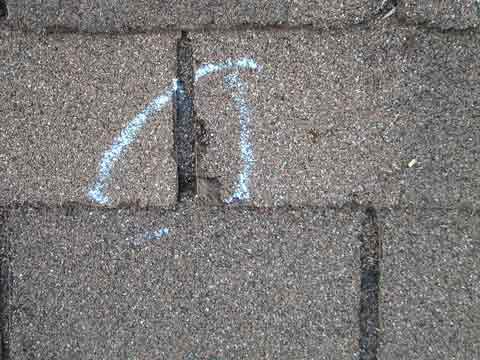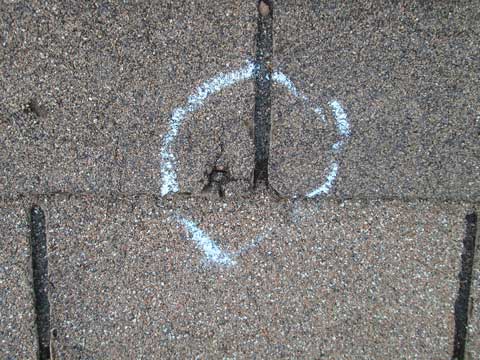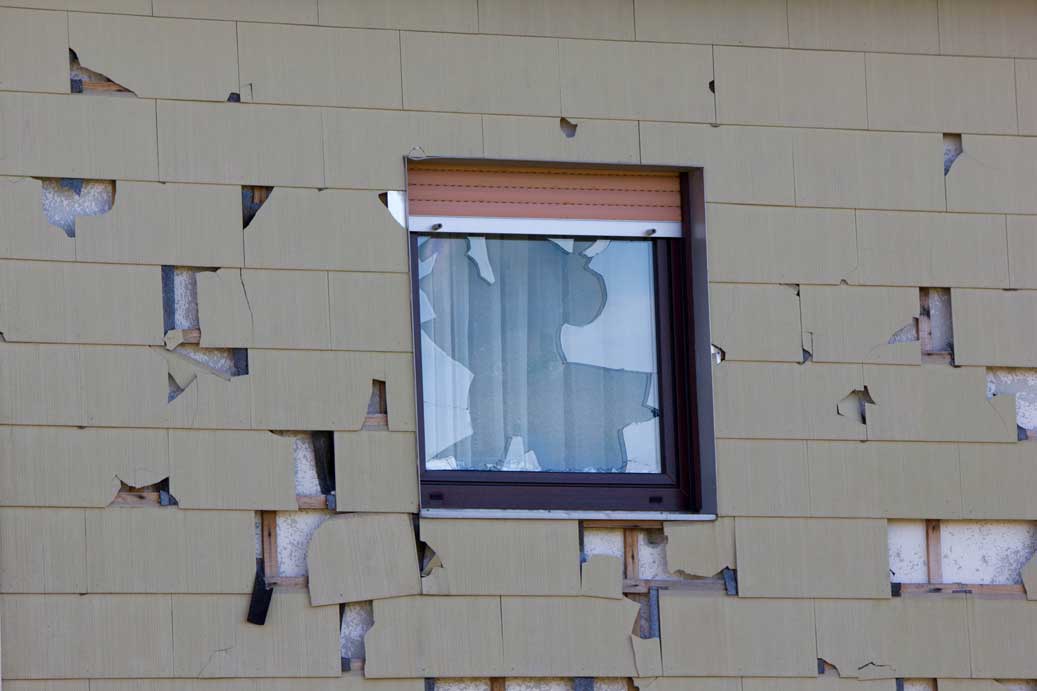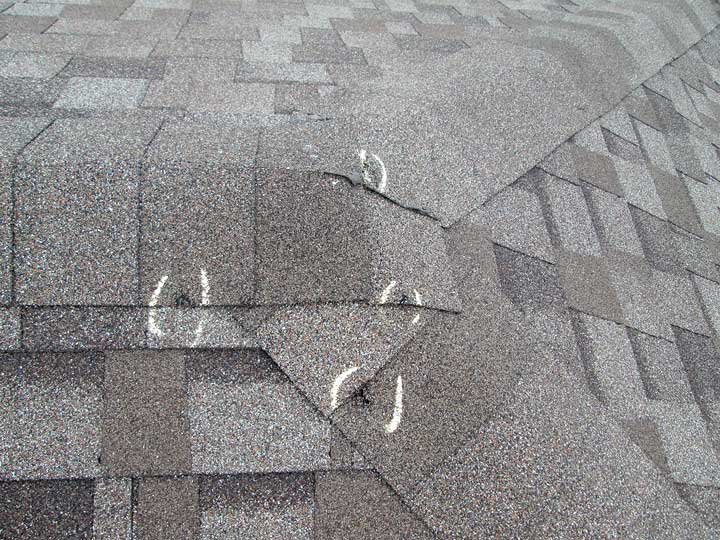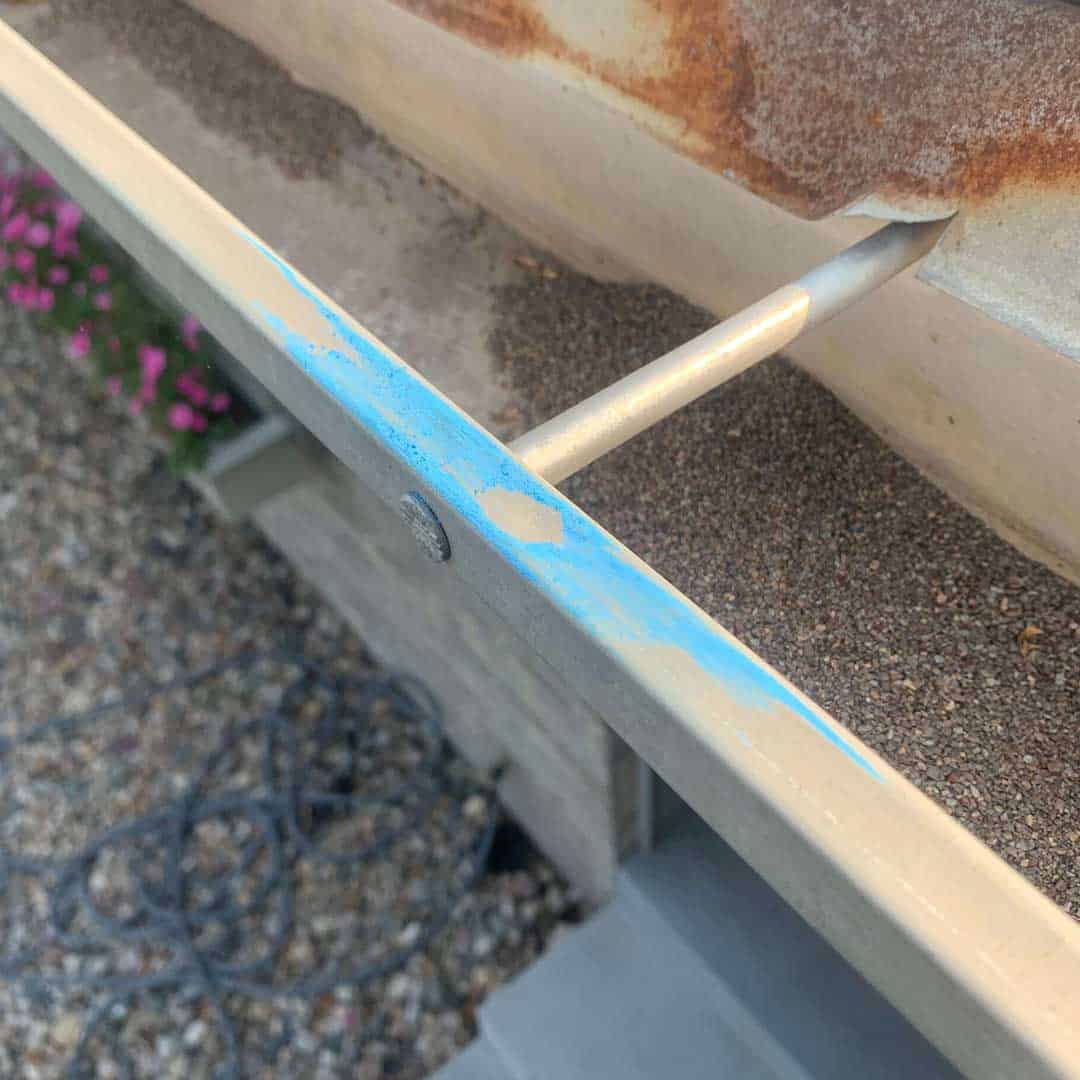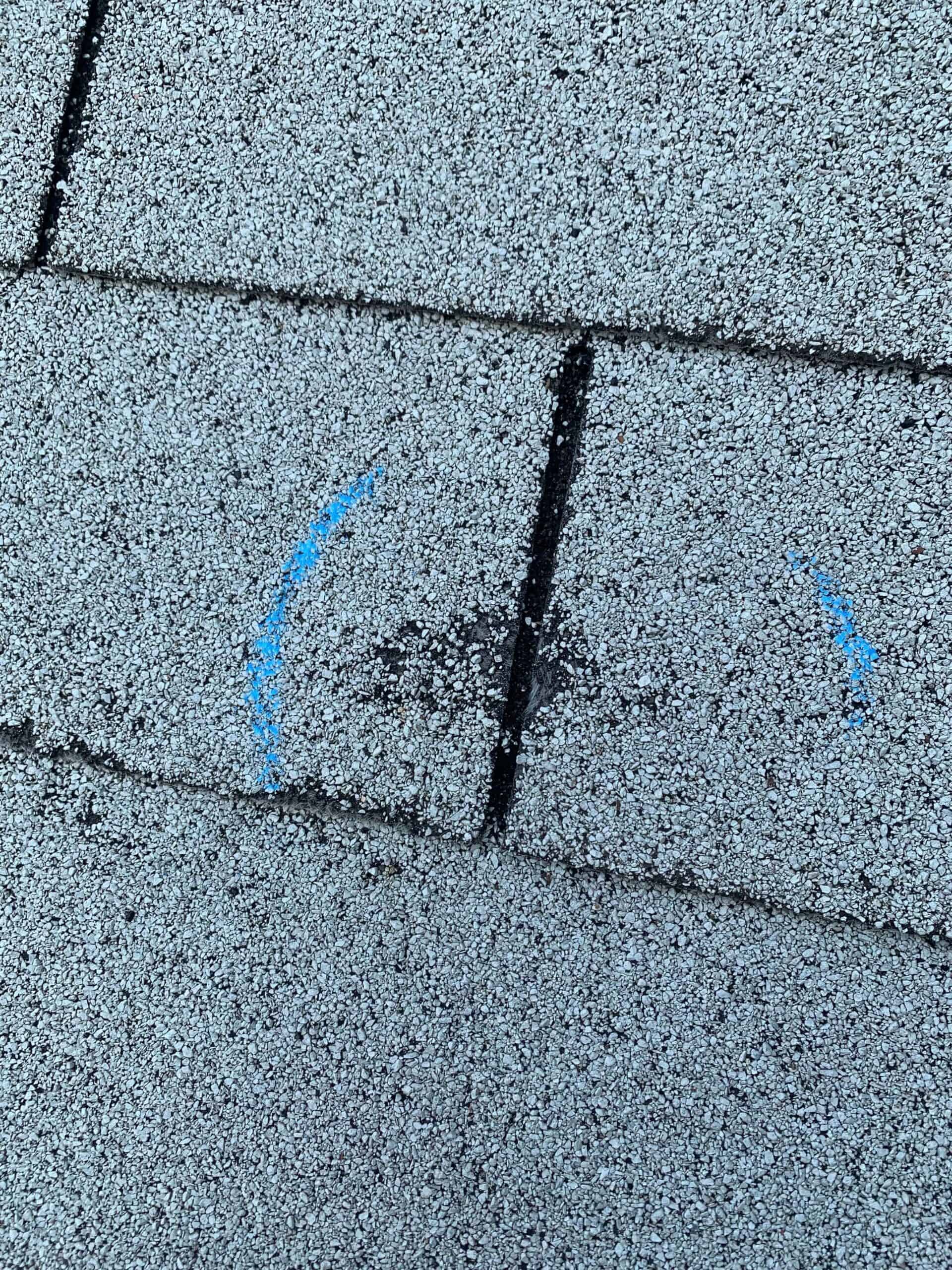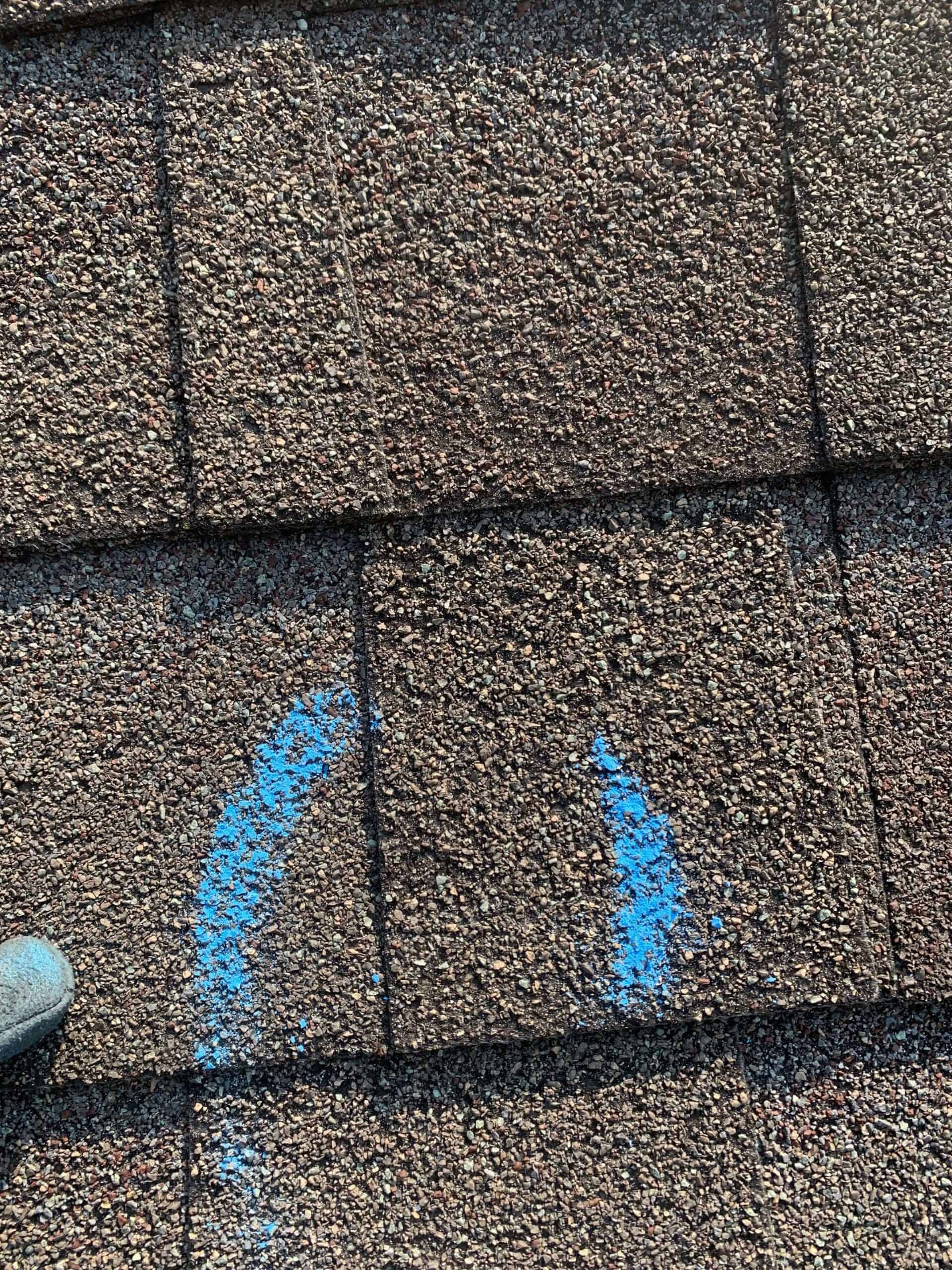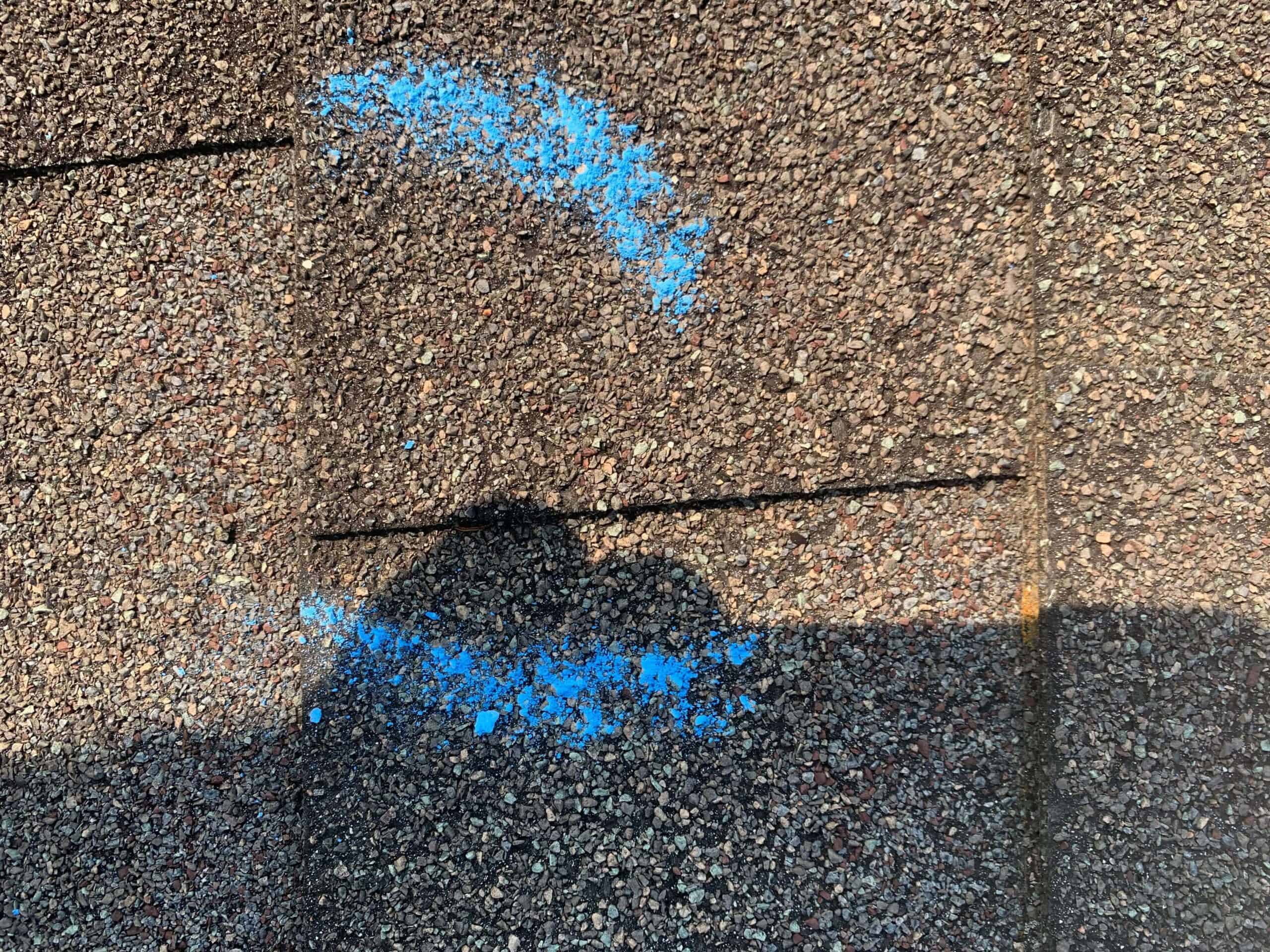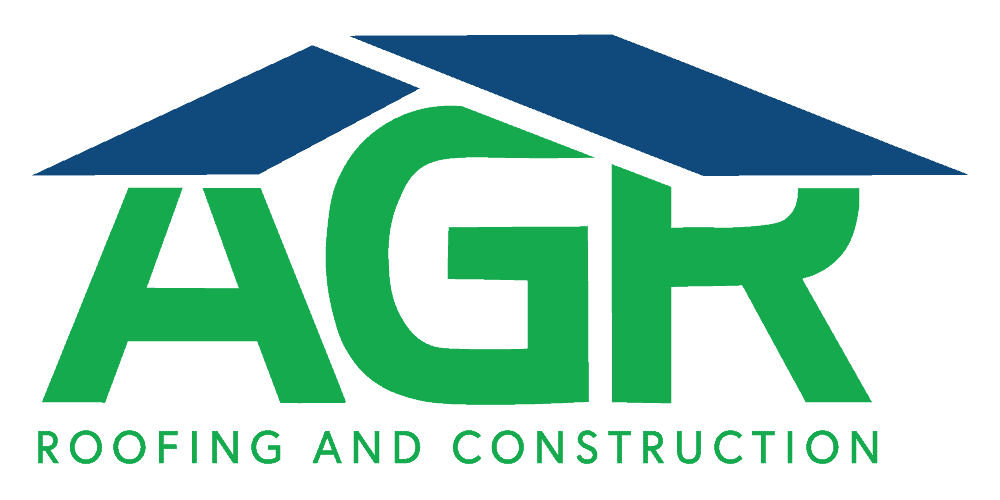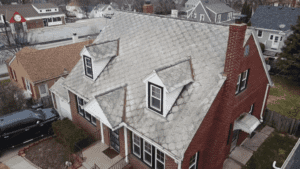Hail is a natural occurrence that is a leading cause of roof damage, accounting for anywhere from $8 billion to $14 billion in insurance claims each year.
A hailstorm is not unusual. Hailstorms are most common in the months of May through August in the United States. Homes located in the so-called “hail alley” of the United States are more susceptible to damage. As the name implies, this area encompasses parts of Colorado, Nebraska, and Wyoming, as well as parts of the Midwest.
During this time, your roof can be battered with ice that ranges from tiny pea or mothball-sized pellets all the way up to grapefruit-sized rocks.
Falling ice is never good for your roof. Hail can absolutely tear up shingles, rip apart gutters and metal flashing, crack siding, and chip or break windows. But other times, the damage is almost imperceptible.
Hail is a natural and regular weather event, but it needs to be taken seriously. You can’t assume that your roof will withstand everything nature has to throw at it. Even minor hailstorms can break open roofing elements resulting in later damages or leaks.
As a homeowner, it’s important to understand what kind of damage hail can do and how to get it repaired.
What Kind of Hail Damages Roofs
Damage depends on hail’s size, density, and impact speed. The storm’s intensity affects how fast hail falls and how dense it is.
Hail is grouped into sizes similar to other objects.
· Pea or ¼ inch diameter: hail this small generally doesn’t cause impact damage
· Mothball or 1/2 inch: hail this small is unlikely to cause impact damage unless the storm was severe
· Penny or 3/4 inch: this hail can cause granule loss, chip windows, tear screens, damage metal components, chip paint, and damage siding
· Quarter or 1 inch: this can damage shingles straight through to the underlayment and tear apart gutters, flashing, and fascia; severe wind conditions worsen the damage
· Ping-Pong Ball or 1 ¼ to 1 1/2 inch: this is always bad news and can cause the same damage as inch sized hail, regardless of wind conditions or storm severity
· Golf Ball or 1 3/4 inches: this hail breaks windows, ridge caps, plastic vents, metal flashing, gutters, and can tear off siding
· Tennis Ball or 2 1/2 inches: anything above 2 inches will cause severe property damage
You can gauge what type of damage may have been done by checking the size of the hail. If a light amount of pea-sized hail fell, the roof is probably fine.
However, hail the size of tennis balls, baseballs, softballs, or grapefruit is pretty much guaranteed to destroy something on your roof. In this case, find a roofing contractor with emergency service hours who can get things repaired pronto.
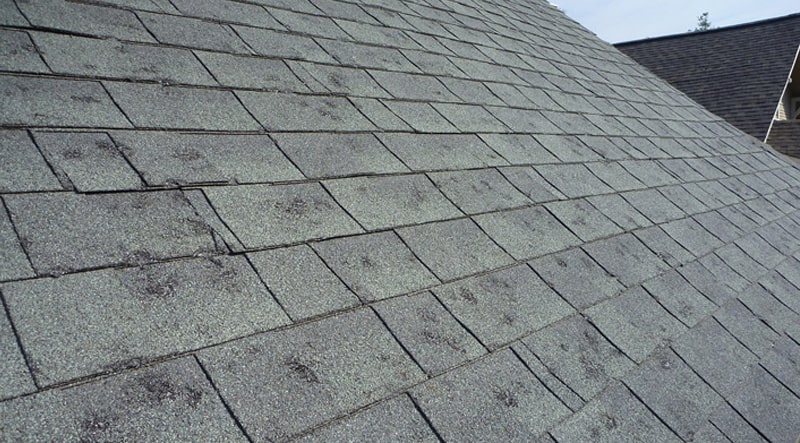
How Hail Damages Shingles
Asphalt shingles are the most popular type of roof, so we’ll start here. Hail damage includes:
· Surface granule loss
· Shingle bruising
· Dents and pings
· Cracks, breaks, or tears
· Weakened seals
The surface granule coating is often affected by hail. The granules can loosen or rub off on impact, resulting in bald patches or diminished density. It might not look like much, but any area with less density is more susceptible to water penetration.
The shingle’s seal can weaken or come loose from hail’s impact. Occasionally, hail will knock shingles out of place. Shingles can show impact marks like dents, pings, or black spots.
Shingle bruising occurs when the surface is damaged and the underlying mat is fractured. Bruising is functional damage that’s usually caused by larger hailstones. This needs immediate repair.
How Hail Damages Other Popular Roofing Materials
Other roofing materials hold up differently to hail. Some only dent on impact, while others will crack, tear off, or split right open.
Here’s how a few common types handle hail:
· Metal: white scuff marks, dents, cracks, or breaks
· Wood: splits and breaks
· Clay or Slate: cracks, dents, chips, gouging
It can be easier to detect damage on materials like this. Look for chips, splits, tears, breaks, and scuff marks.
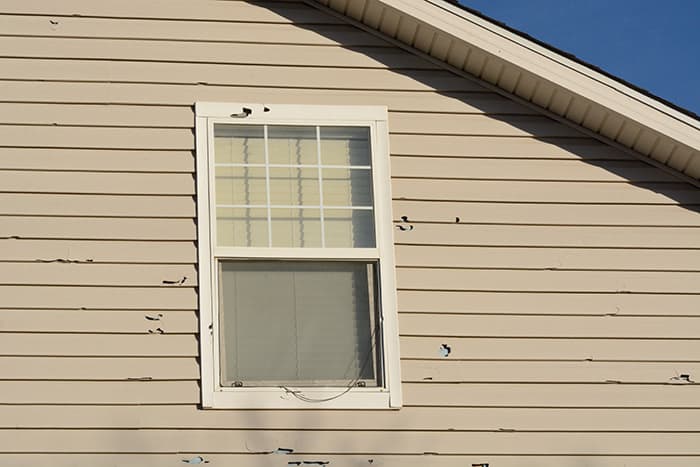
How Hail Damages Vents, Flashing, Gutters, Siding, and Windows
It’s generally easier to spot hail damage on other parts of the roof or house. This includes the rooftop vents, flashing, gutters, siding, and windows.
Rooftop Vents or Flashing:
· indentations
· pockmarks
· breaks
Gutters:
· dents
· tears
· hanging pieces
Windows:
· screen tears or holes
· chips in the glass
The metal vents and flashing can get really beat up. If you want to do a quick assessment of how bad a storm was, you might want to start there.
Hail Damage Can Worsen If Left Alone
When it comes to roofs, there’s no such thing as a problem that can be left alone. Both shingle and structure damage will worsen over time.
For example, granule loss seems minor, but it reduces the first barrier against water. This leaves the layers less protected against moisture.
If granules are lost and a shingle’s first layer is chipped, the layers beneath will be completely exposed and roof leaks won’t be far behind.
Any damage leaves roofs vulnerable, more prone to damage, and more susceptible to the elements.
So, anything that compromises the roof’s seal, water resistance, weather performance, structure, or integrity has to be fixed – even if it seems small.
How to Get Hail Damage Repaired and Have Insurance Pay
See any signs of hail damage? Have this taken care of right away. And bring in a professional to check things out even if you don’t spot any post-storm damage.
There are two reasons why you should do this:
1. Hail damage – even when minor – worsens over time
2. Insurance typically doesn’t cover old hail damage
Think you can leave things alone simply because the roof isn’t leaking yet or shingles haven’t been torn away? You’re setting yourself up for a massive roofing repair job that won’t be covered by insurance.
Here’s how to proceed.
1. Schedule a roof inspection
2. Make an insurance claim
3. Get the roof repaired
Ask a licensed, insured, bonded, and experienced roofing contractor to inspect your roof. Roofing inspections should already be done twice yearly to check for general damage, wear and tear, and deterioration.
But you should also get one after severe weather events that include high winds which can pummel your roof with hail, ice, or flying objects. This will catch any damage right when it occurs, making it easy to fix and preventing things from getting worse.
Once that’s done, it’s time to bring the insurance company on board. You can let them know what the roofing inspector said while on the call.
The insurance company will send out an adjuster to do their own evaluation, then talk to your roofing inspector, and finally decide whether or not to approve the claim.
After that, it’s time to proceed with repairs or a full-on roof replacement.
Inspecting a Roof for Hail Damage
A hail inspection checks the roof and other exterior areas for damage. The inspector will note how bad any damage is, check the approximate size of any holes, and compile a report.
Places checked should include:
· Roof shingles or tiles
· Rooftop vents and metal flashing
· Gutters
· Siding
· Windows and skylights
· Decking
Damage signs should include:
· Granule loss
· Shingles with dots, spots, or dings
· Shingle cracks, lifts, and bruising
· Breaks or tears in roof tiles
· Exposed and damaged fiberglass mats
· Exposed underlayment
· Loose or weak sealing strips
· Dents, scuffs, or tears in vents
The inspector may also want to check inside the house if the storm was severe or there are signs of damage.
What Kind of Hail Damage Insurance Will Pay For
Insurance companies pay for new hail damage that affects the roof’s performance. They don’t like paying for old damage or anything that’s seen as purely aesthetic.
We all know how cheap insurance companies like to be. They try to get out of paying for as much as possible.
That’s why, despite recognizing hail damage as a covered “act of God,” most insurance providers distinguish between cosmetic and functional hail damage.
· Cosmetic damage is surface-level and makes things look bad, but doesn’t affect the roof
· Functional damage compromises the roof’s performance or structural integrity
The difference usually comes down to size and severity. Insurance companies aren’t legally required to pay for cosmetic damage. However, they are supposed to cover functional damage.
Be aware that opinions often vary on what qualifies as functional versus merely cosmetic. Insurance companies consistently try to get out of paying for functional damage. That even includes large holes that require immediate repair.
This is why it’s critical to get an experienced roofing contractor on your side, who starts things off with an objective inspection. They will tell you exactly what needs to be fixed and what qualifies as functional damage.
Experienced roofers also understand how to present insurance companies with this information in a way that proves your claim. Insurance companies are a little more willing to cooperate when dealing with someone who knows what they’re doing. And a public insurance adjuster can step in if your insurance company still pushes back.
How Hail Damage Is Repaired
The repair process varies depending on the kind and severity of the damage, and that generally depends on how big the hail was. But once again there’s no such thing as roof damage that doesn’t need fixing.
This doesn’t have to cost a lot or be a major ordeal. The repair work should be commensurate with the damage done. Roofers can replace individual shingles when only a few were damaged or do partial reroofing work in certain sections.
Work like this is quick and fairly cost-effective. Especially when compared to replacing larger roofing segments if the damage is allowed to spread.
Storms have to be pretty bad for hail damage to require a full roofing replacement. But this does happen, especially in the Colorado, Nebraska, Wyoming Hail Alley. If so, a full roof replacement usually takes anywhere from one day to five days. Shingles can be replaced faster, while other tiling options may take over a week.
However, your roof may need more work than expected if it was poorly maintained over the years. If issues like this come up during inspection, the best thing to do is contact your insurance and proceed with a claim.
By the way, insurance companies are known to deny coverage to roofs with longstanding hail damage. This is one area where trying to save money short-term can set you up for exorbitant costs in the future.
Protecting Your Roof from Hail Damage
A few measures can be taken to make roofs less vulnerable to hail. Those are:
· Window Safety Films
· Impact Resistant Roofing Materials
· Self-Adhering Waterproofing Underlayment
Window safety film doesn’t prevent breaks. But it will prevent the glass from shattering when broken, making hail damage less dangerous.
Class 4 impact resistant roofing materials are high-end shingles or other roofing materials, meant to withstand the impact of falling objects. This rating is given to products that hold up to a 2-inch steel ball repeatedly dropped from 20 feet.
A self-adhering waterproofing underlayment is the way to go. It ensures that the first layer between the underlying roofing structure and the roof is completely watertight. This backup layer will keep the house protected if the shingles are damaged.
Need Rooftop Hail Damage Taken Care Of?
Most homeowners don’t lie awake at night thinking about the roof. We tend to take the shelter and safety it provides for granted.
But your roof isn’t impervious to storms, ice, wind, and other severe weather conditions. And the harsh Nebraska weather puts our local roofs through a lot.
That’s why it’s critical to have your roof inspected on a regular, weather-appropriate basis. Even if you think things look mostly okay, a cursory inspection from a friendly roofer is far less of a headache than a significant repair or replacement.
At AGR, we provide regular inspections, gutter maintenance and work, roofing repairs, roofing replacements, and structural rehabilitation.
We’ve been doing this for over 20 years and are used to working with insurance companies and claims.
Get in touch with us today.
What Does Hail Damage Look like?
Omaha and Des Moines are no strangers to hail storms. Hail damage can often be missed when quickly checking your roof after a storm. Below are images of various hail damage from hail storms.

